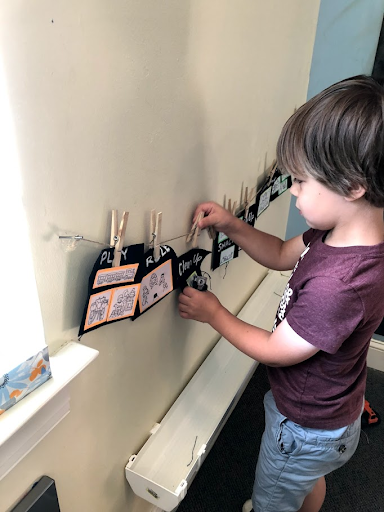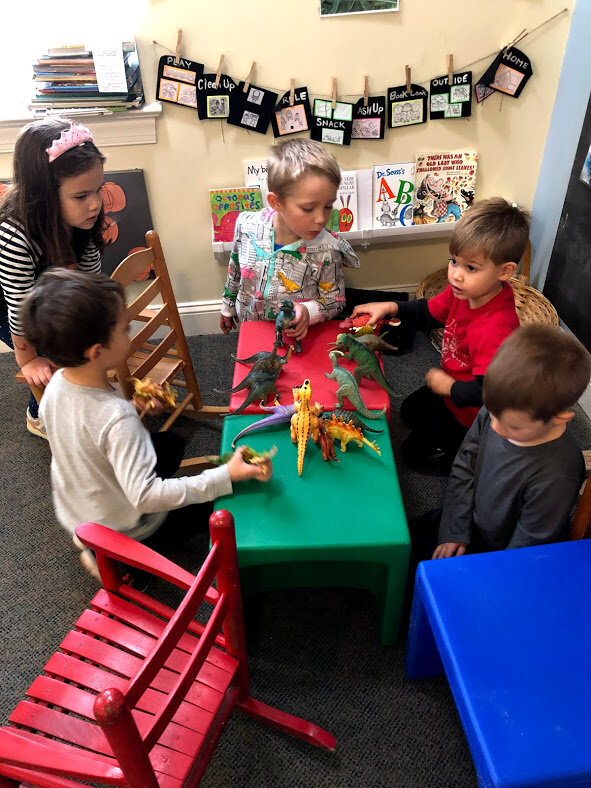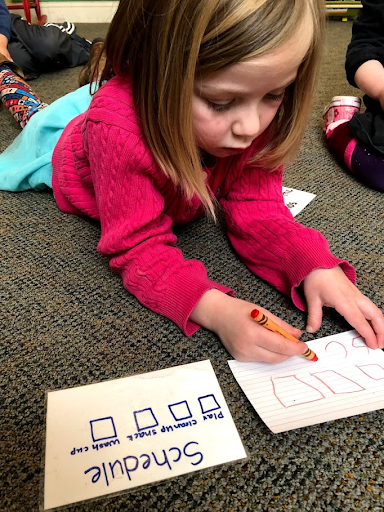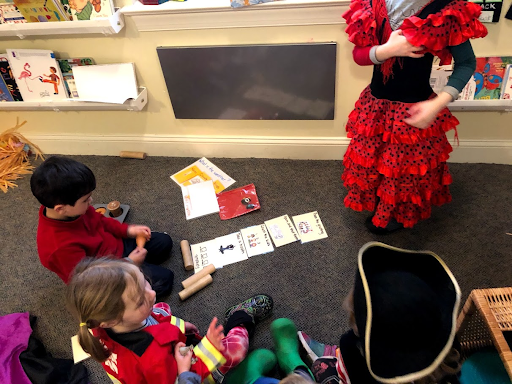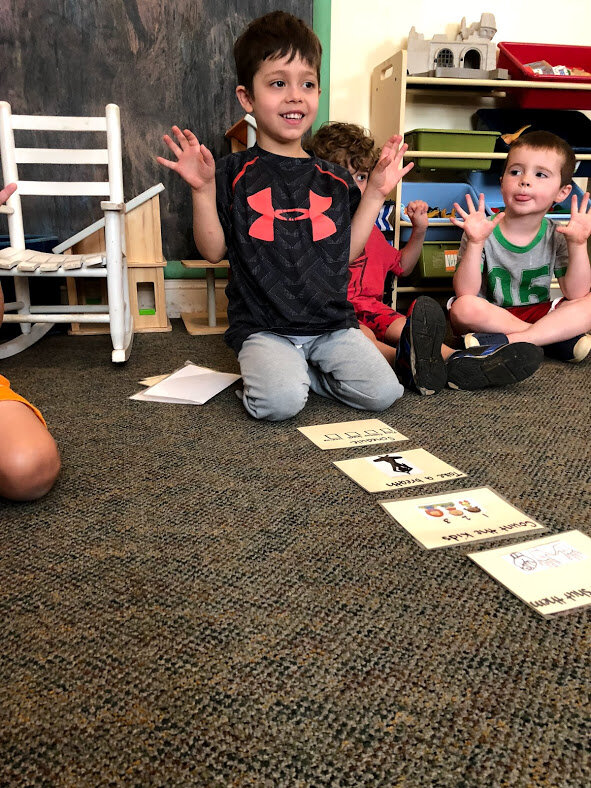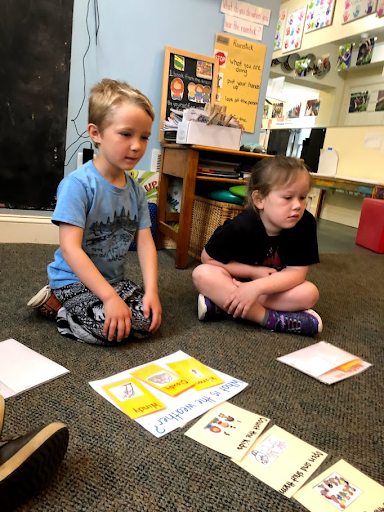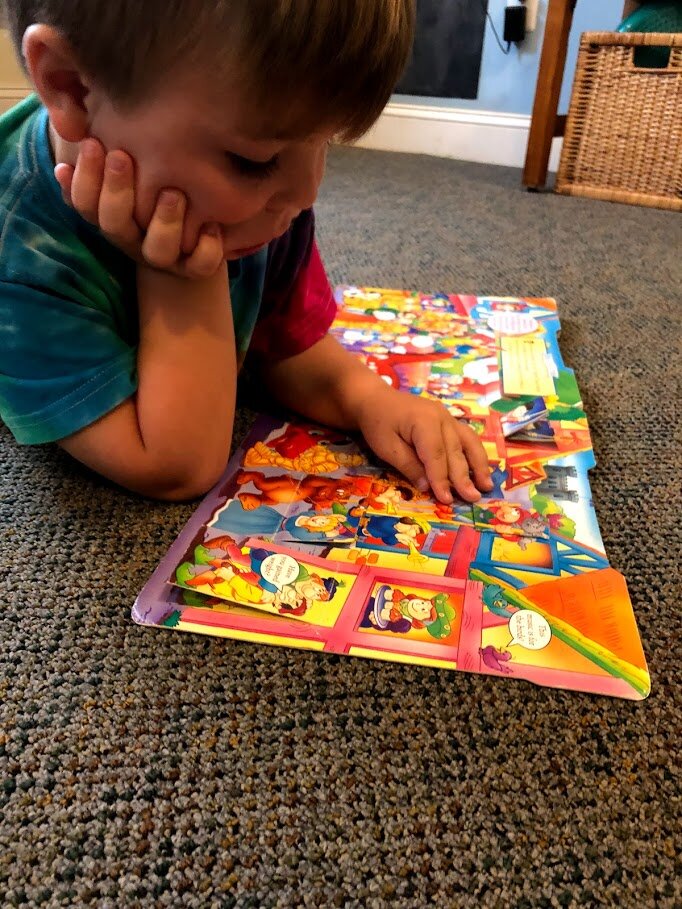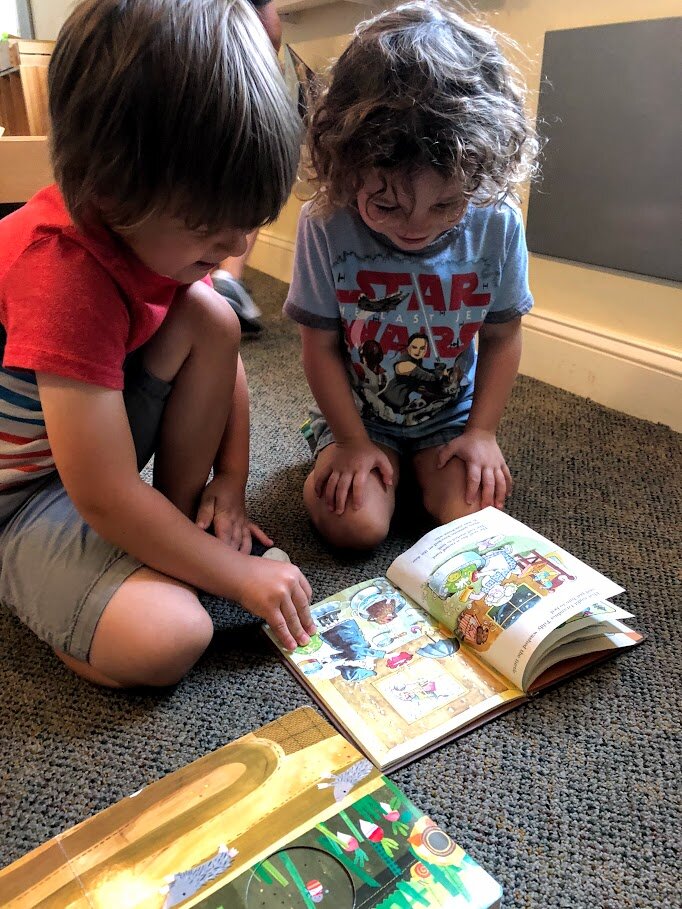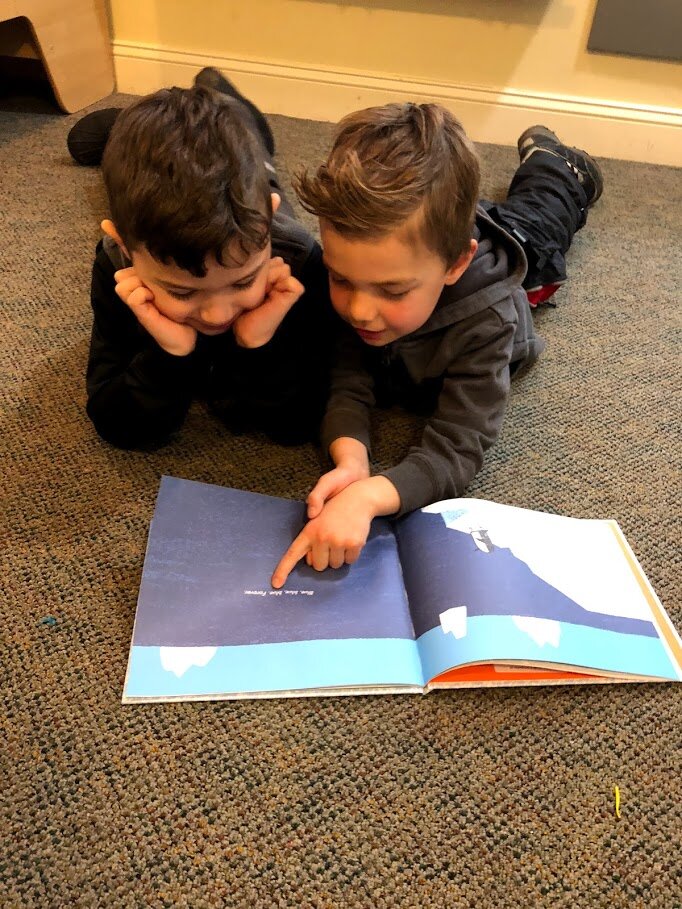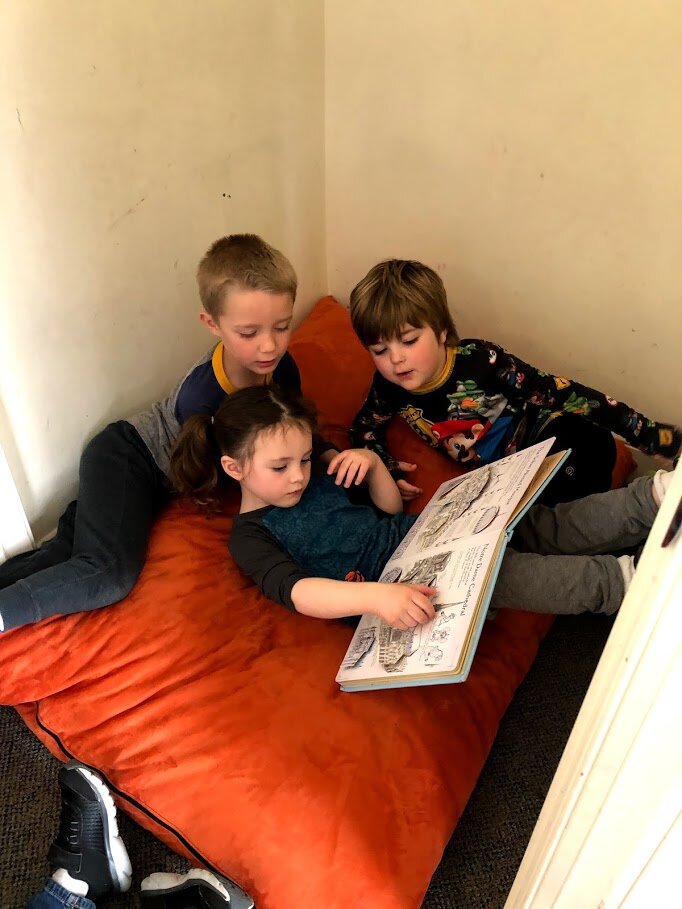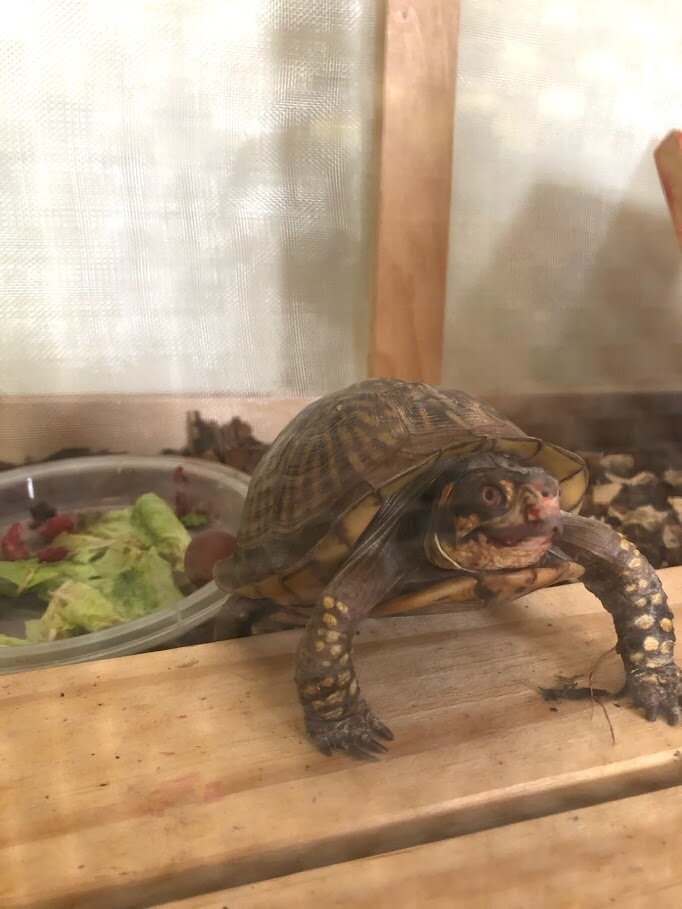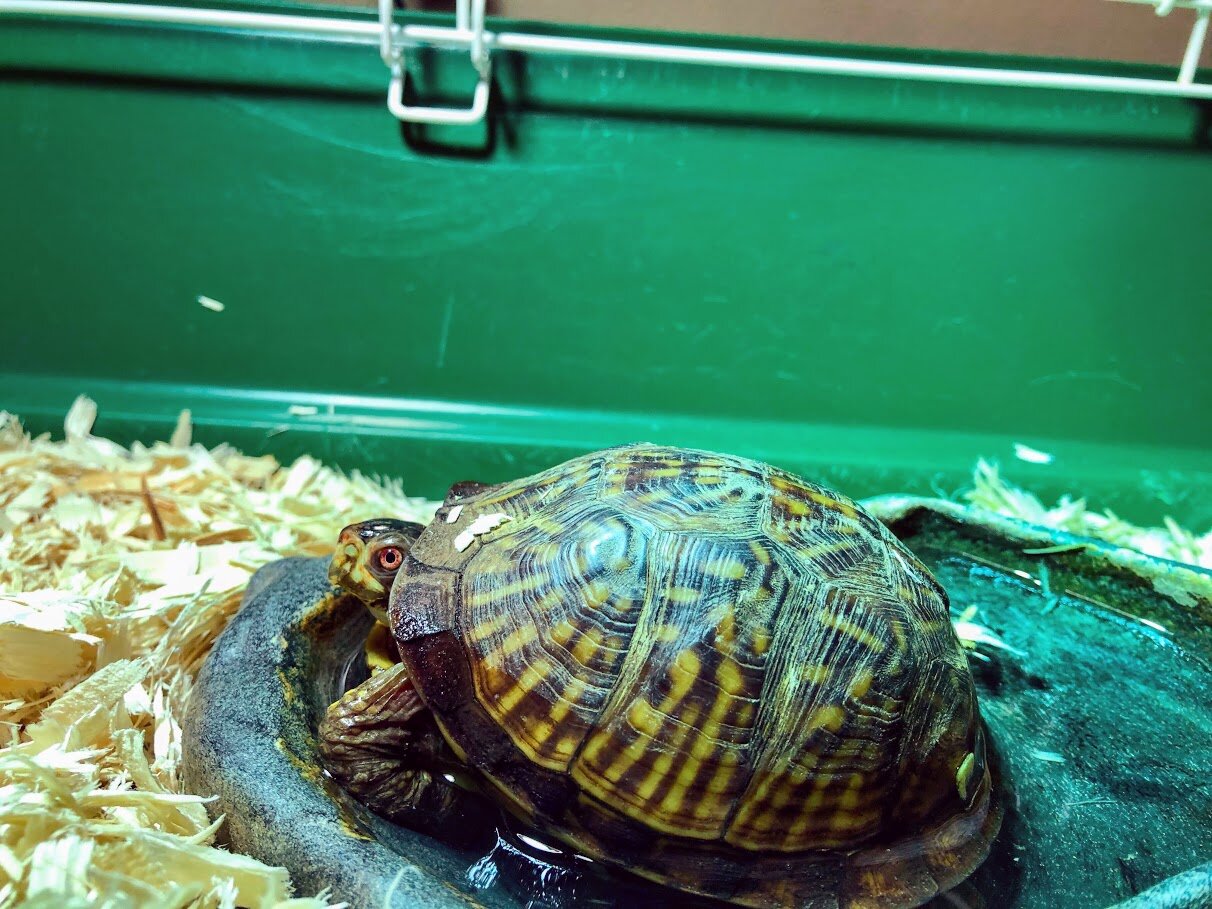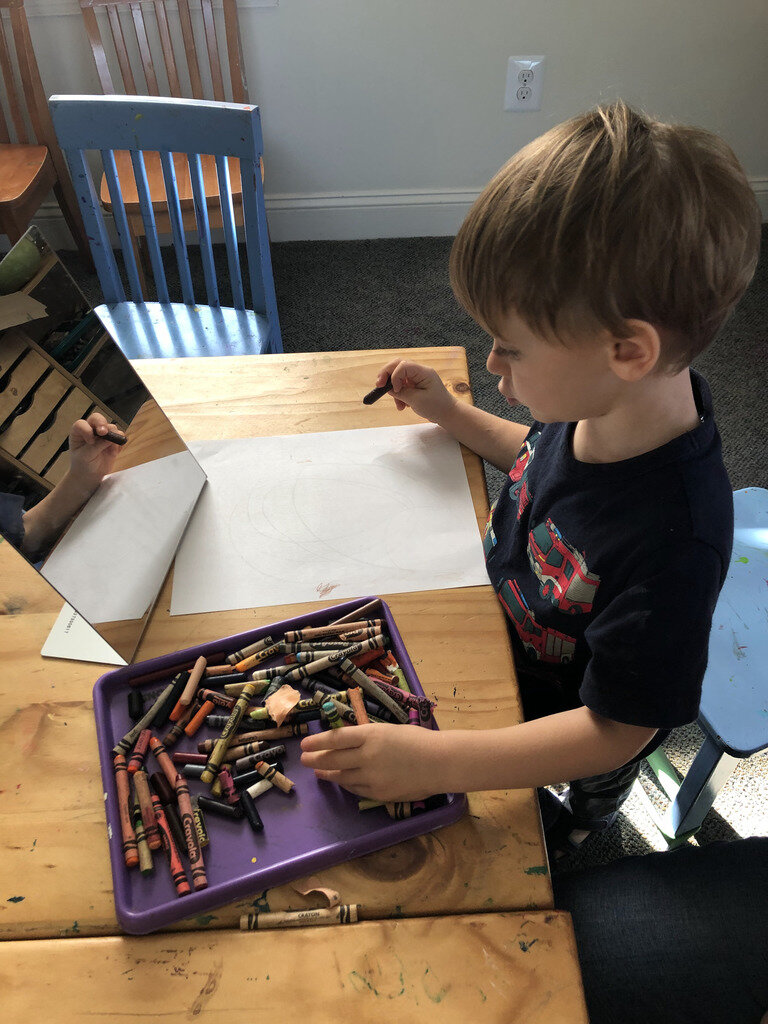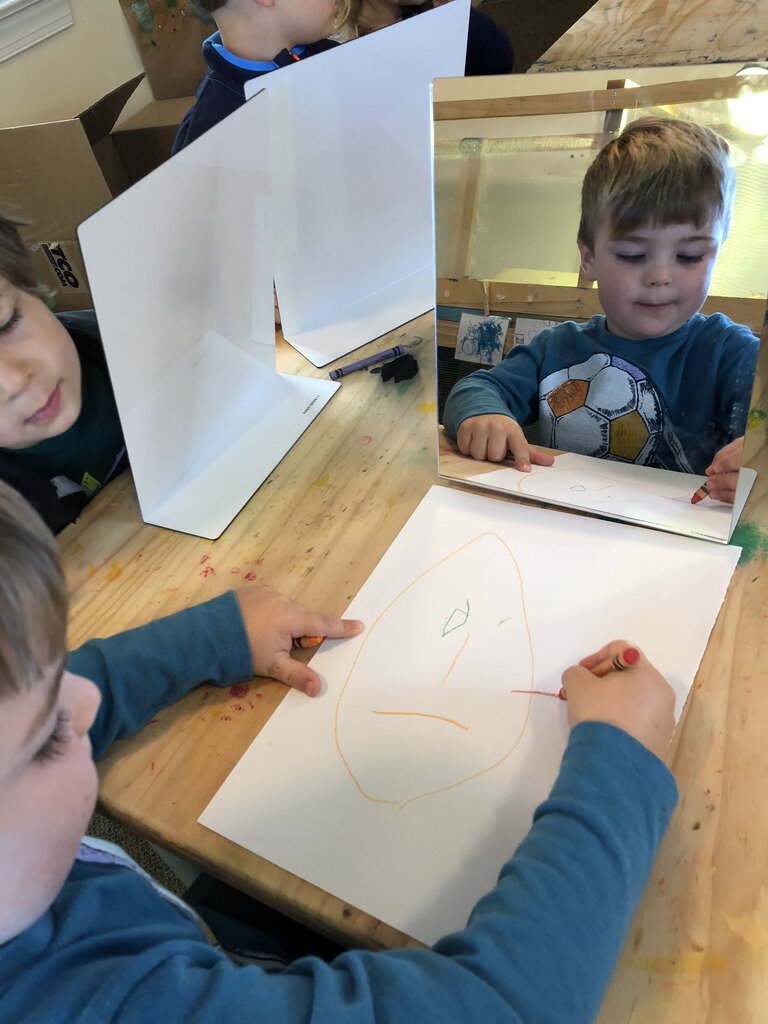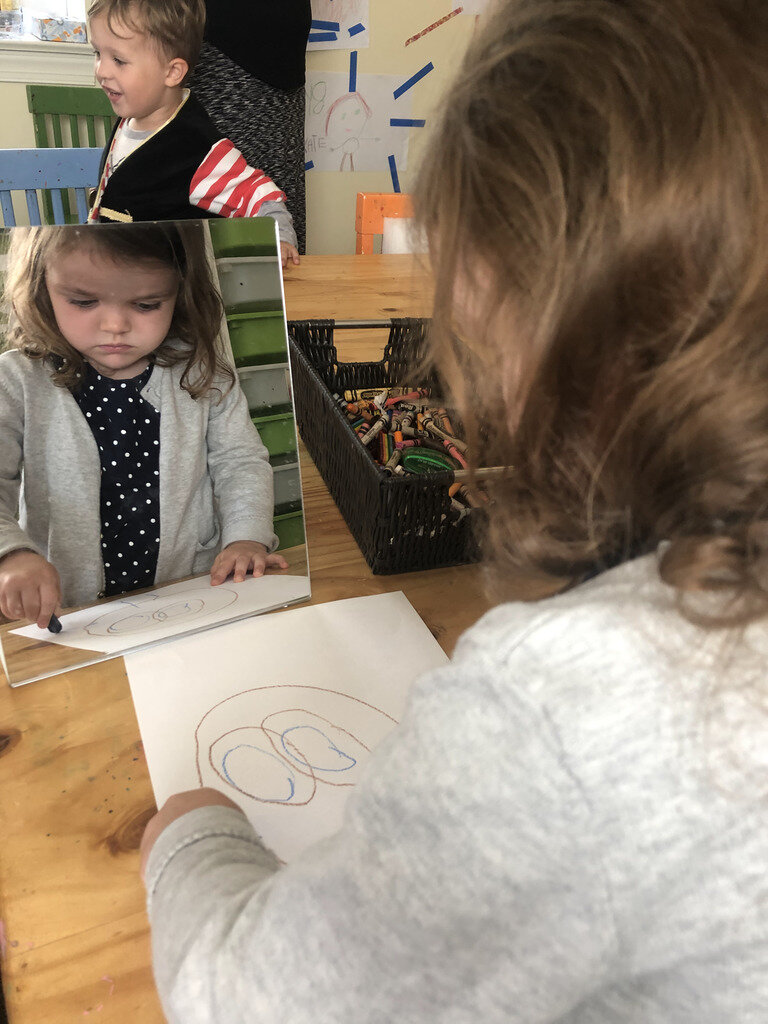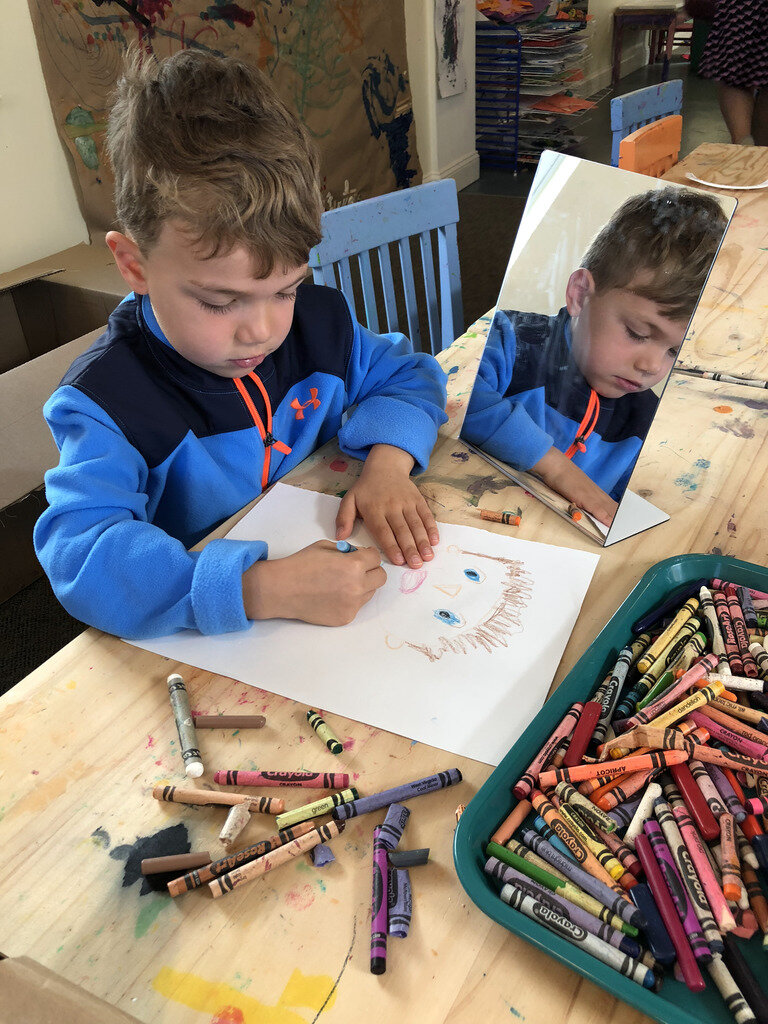A Classroom Peek
Step inside our classroom
Our daily schedule is posted on the first day of school. It is a simple picture and word(s) to show the different parts of our day. It’s placement allows children to access it when they need it and provide a visual of what we are doing now/ what comes next. By using a flexible format (such as clothes pins and cards) we can move and make changes as needed. Having a visual schedule helps all of us know what our day will look like.
Our circle schedule is designed to provide a visual structure and order for the children. Each part is on individual cards which provides allows for flexibility when needed. In the beginning of the year, we start by setting up our circle expectations (how to make a circle, what does your body look like at circle, and what does your body sound like at circle). As the year progresses, and the children are ready, we add a new step and increase our expectations of the group. By the middle of the year, the children take on leading the different parts. At the end of the year, the children can lead and run the entire circle with minimal adult facilitation. This is a structured time where they practice: learning names of their classmates, counting, fine and gross motor skills, and following directions.
Our classroom garden is planned, tended to, and harvested by the children. Each season we start inside the classroom by making a plan of what we want to plant. We discuss what we are interested in planting and look through seed catalogs to get ideas. When the time comes, the children plant seeds or transfer plants that we have started inside. Over the season they observe and eagerly await for things to grow. Every year our garden plan changes based on what the children are interested in, what has worked, and what has failed. When the garden is producing we harvest and use as much as we can for classroom snacks, as well as playground snacks. Watching the children pop into the garden and grab a bean, spinach, kale etc is an amazing addition to our program.
“Look at a book” is part of our daily schedule as children transition from snack to outside play. It is a dedicated time for the children to choose a book, find a space in the room, and practice their early literacy skills in an age appropriate way. There are expectations set up with them about what “look at a book” time looks like and sounds like. There is also a visual schedule for us all to reference. This time is completely child led. Children can look at a book by themselves or with a friend, but the expectation for this time is: a quiet time dedicated to books. Our classroom library is filled with a range of books to meet all levels of learning and interests in the group. As the year progresses, some of our children learn to read, and share their new found skills with their peers. It is truly wonderful to watch.
Meet Herbert! He is an ornate box turtle that lives in our classroom. He enjoys relaxing on rocks, hiding under things, eating lettuce, and taking baths. Sometimes he comes out to play. And many would be surprised to know he is actually pretty fast. Turn away from him while he is out of his cage, and he will quickly scoot away to a cozy corner. Herbert is a fun addition to our classroom.
At first glance, self-portraits are a way to engage children in examining the details which make up their faces, and then, drawing/creating what they see. However, this simple act of looking into a mirror and creating a reflection is much more as it enhances and supports various areas of development. We recognize and match colors as we discuss the features of our face. Children begin to name their facial features such as eyes, nose, mouth, ears, as well as talking about the colors they see in their face, hair, and eyes, which encourages their language development. Most importantly, the act of drawing a self-portrait allows a child to stand back and reflect upon who they are, forming their own sense of identity.
